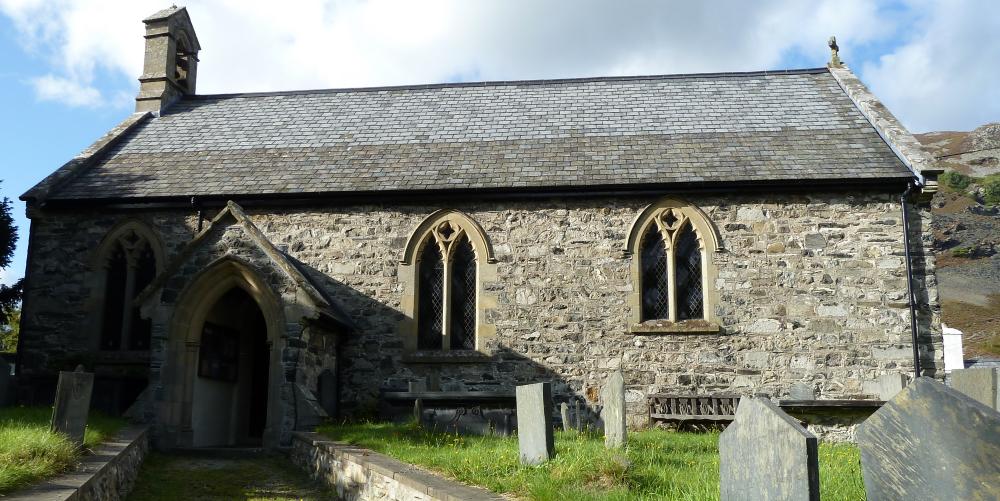
They can be used for around six services a year and also for funerals, baptisms and wedding blessings. Their funds are held in an individual account.
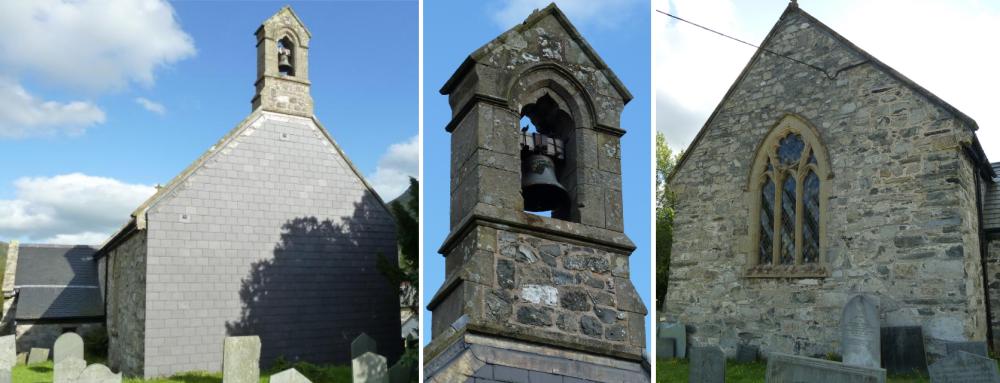
Over the years the rain sweeping down the Tanat Valley had penetrated the west wall, causing black mould to spread over the interior, so the wall had to be clad sympathetically with Welsh slate.
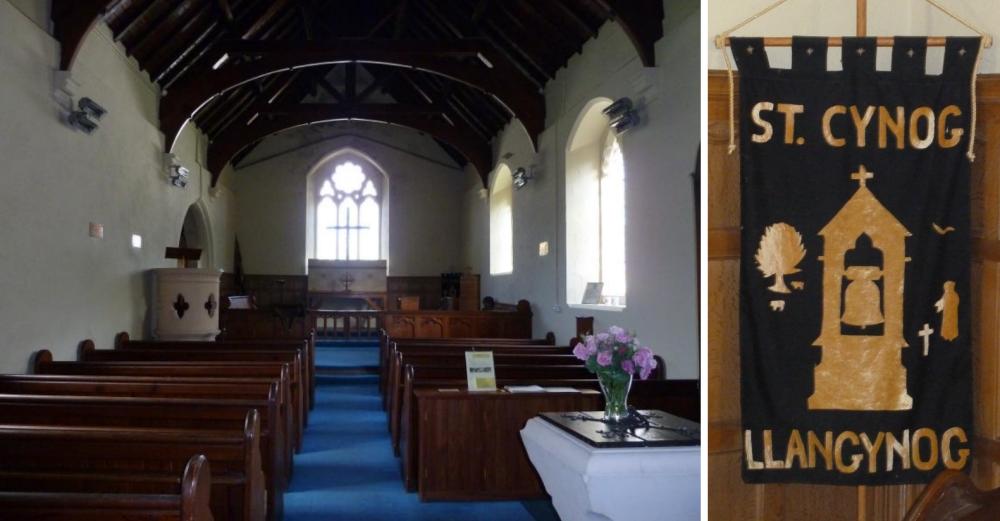
St Cynog’s is open daily for anyone who is seeking a place for quiet reflection, as well as for visitors to the village.
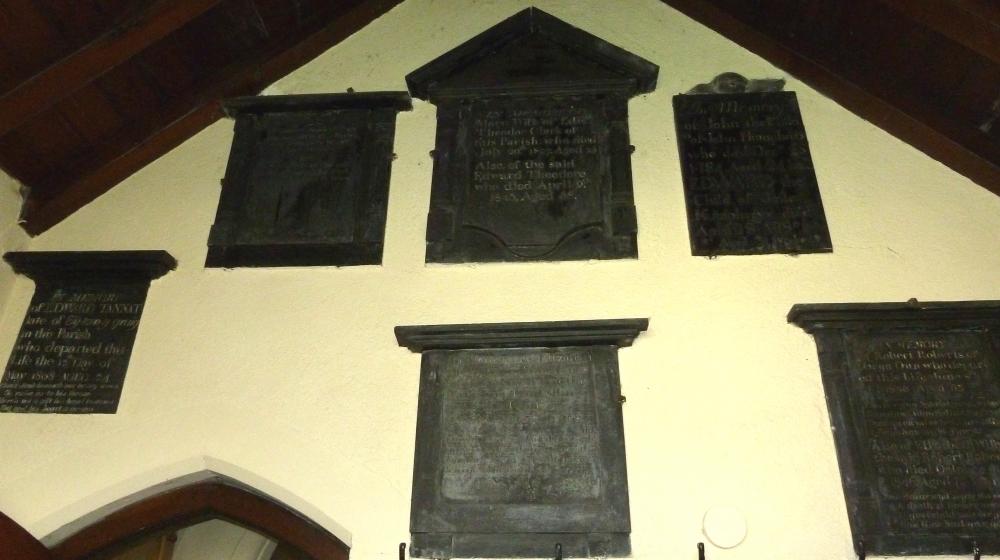
The church has a long history. First mentioned in 1254 it was rebuilt many times, most recently in 1894 by the architect W.H. Spaull of Oswestry.
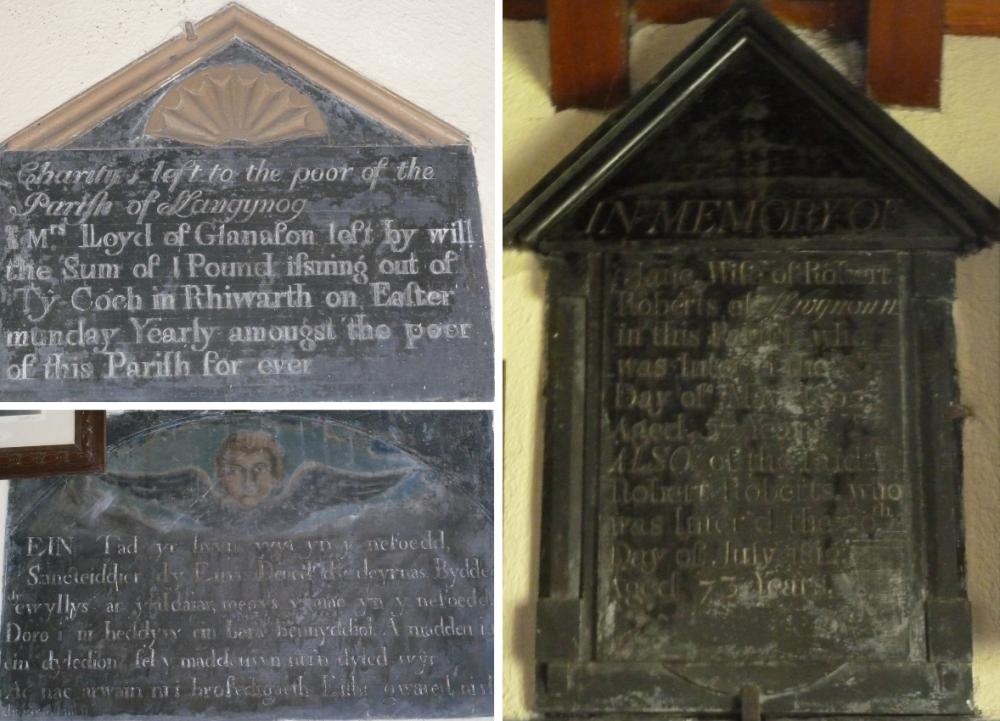
But it gives the impression of a much older building and retains traces from earlier times, including a fascinating collection of carved and painted slate tablets on the walls of the vestry, now open to view.
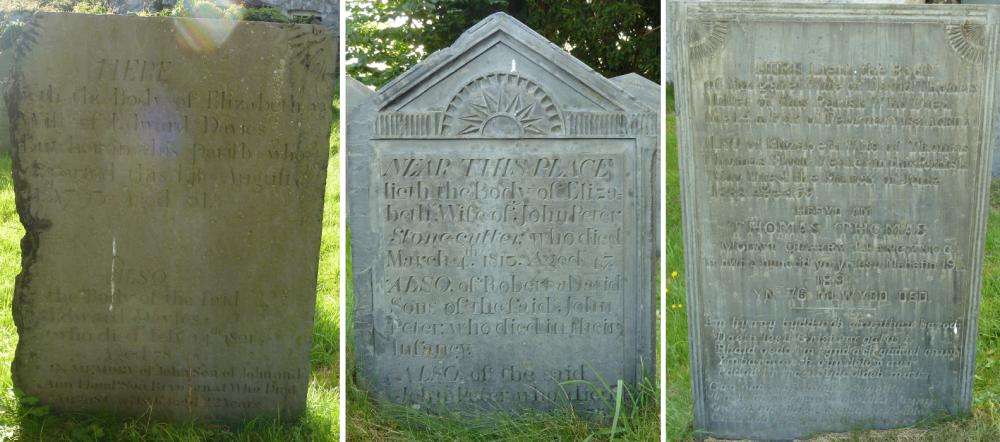
Its round churchyard, perched high above the road, contains one ancient yew tree and many slate headstones, beautifully inscribed.
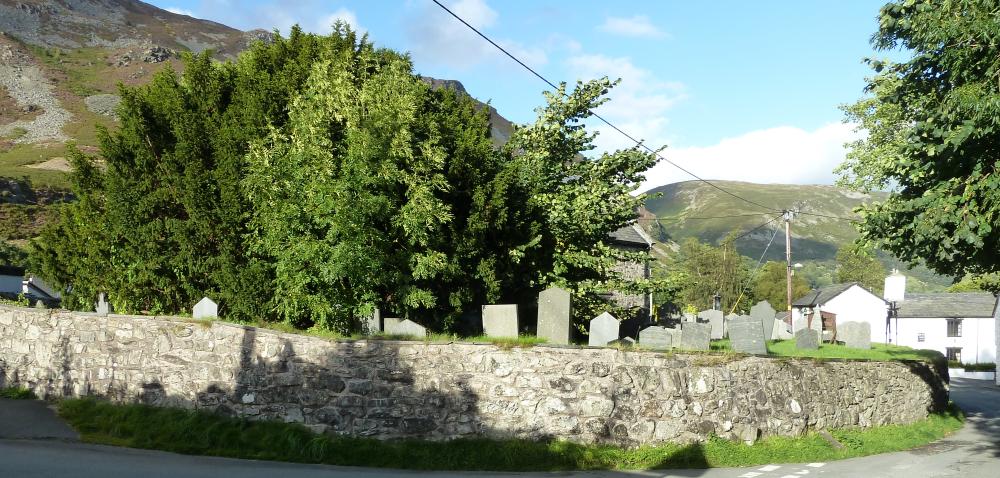
A guide telling the story of St Cynog and the church he founded is available to read. After looking round, visitors can choose between Llangynog’s two adjacent pubs: the New Inn and the Tanat Valley Hotel.
Helpers from the local community are needed to keep the church open and cared for, to provide further displays and to make sure that services can continue in the years to come.